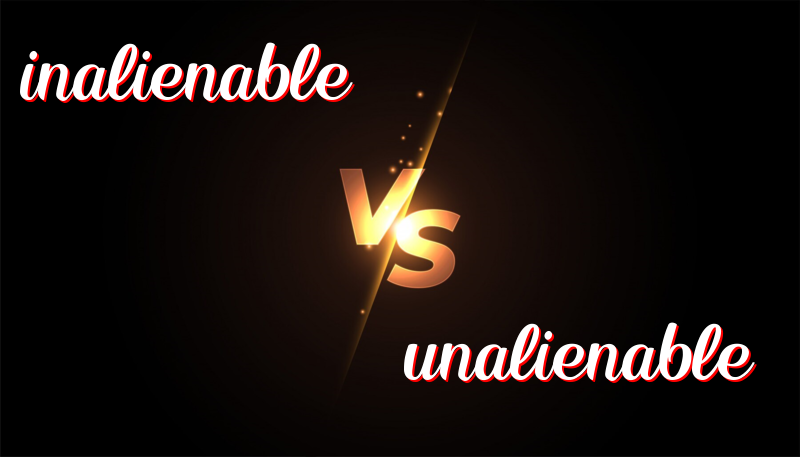Inalienable vs Unalienable: Understanding the Difference
February 20, 2025
Understanding “Inalienable” vs “Unalienable”
The words “inalienable” and “unalienable” are often confusing. They sound alike but have slight differences. Let’s explore their meaning, history, and how to use them.
History of the Words
“Inalienable” and “unalienable” both come from the Latin word “alienus,” which means “to transfer to another.” Over time, the English language developed two forms:
- Inalienable: First used in the 17th century.
- Unalienable: Used in the 18th century, famously in the U.S. Declaration of Independence.
Both words mean something that cannot be given or taken away, but “unalienable” is often used in historical or legal contexts.
How to Use Them
Both words can be used in similar ways, but remember:
- Use “inalienable” in everyday language.
- Use “unalienable” in formal or historical settings.
Example Sentences for “Inalienable”
- Freedom is an inalienable right for all people.
- She believes in the inalienable dignity of every person.
- Access to clean water is an inalienable need.
- An inalienable right cannot be taken away by law.
- Education is seen as an inalienable part of a good life.
Example Sentences for “Unalienable”
- The Declaration of Independence mentions unalienable rights.
- Life, liberty, and the pursuit of happiness are unalienable rights.
- Unalienable rights are a foundation of American beliefs.
- Many documents talk about the unalienable rights of individuals.
- The idea of unalienable rights dates back to many centuries ago.
Trick to Remember the Difference
A simple trick is:
- Inalienable: Everyday talk.
- Unalienable: History or formal writing.
Summary
“Inalienable” and “unalienable” both mean something that cannot be taken away. Remember:
- Use “inalienable” in casual or daily contexts.
- Use “unalienable” for formal or historical matters.
Now, you know how to tell them apart. Happy using!

Leave a Reply
You must be logged in to post a comment.